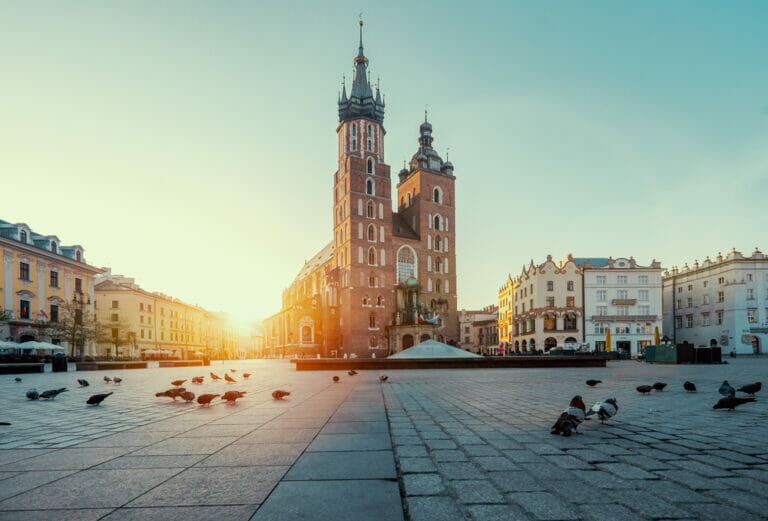National Animal of Poland: Symbol of Poland
Are you planning your trip to Poland and wondering which is the national animal or bird celebrated by the Poles? What is the national animal of Poland, known among Poles as the Orzeł?
In this post, I am going to talk about the national symbols of Poland. You will get to know more about republic of Poland and will be prepared for the upcoming trip to this beautiful country.
Cultural symbols represent a country’s people, and Poland is no exception. The white eagle or ‘Orzeł’, is the national animal of Poland, aptly representing the Poles’ national identity. Let’s explore the truth about the white stork and other national symbols of Poland.
What is the national animal of Poland?
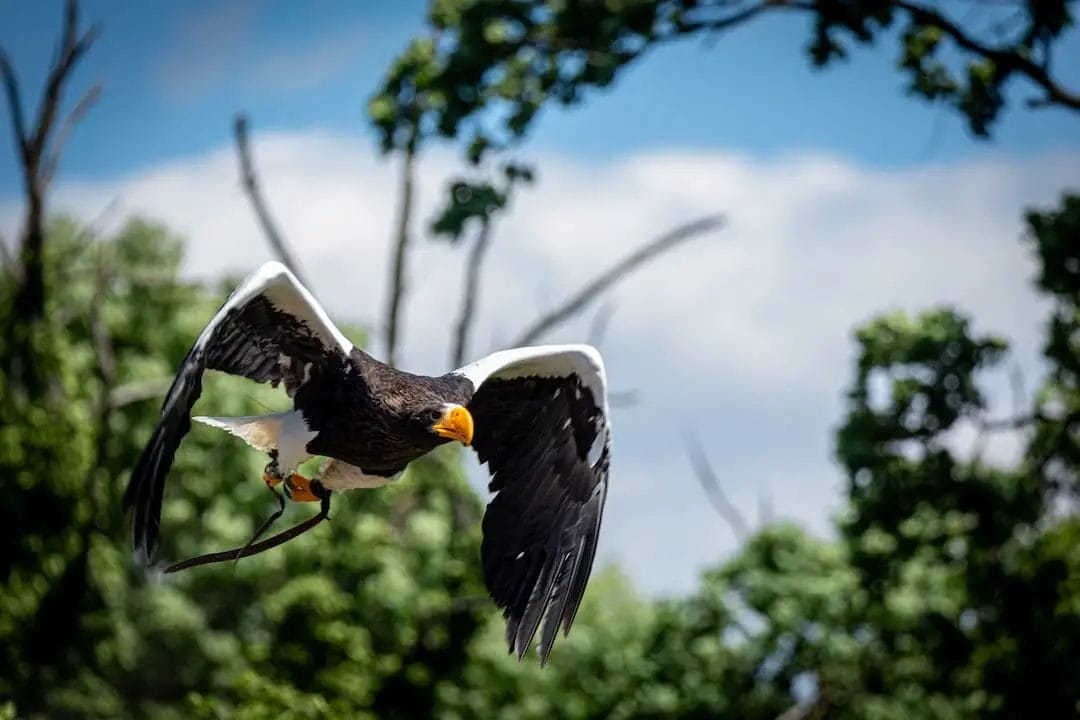
The national animal of Poland is the white-tailed eagle, also known as the sea eagle. This majestic bird is a symbol of power, independence, and freedom in Polish culture. It is also a protected species in Poland, where it is found in various habitats, including forests, wetlands, and coastal areas.
The white-tailed eagle is a large bird of prey, with a wingspan that can reach up to 8 feet, and is known for its impressive hunting skills. This bird with a golden beak has been closely associated with Polish history and mythology, often depicted as a symbol of strength and resilience.
The white-tailed eagle was officially recognized as the national animal of Poland in 1965 and is revered by the Polish people for its significance in their country’s heritage and natural beauty.
Its image is also commonly found in Polish emblems, logos, and national symbols, representing the proud spirit of Poland.
Why is the eagle the symbol of Poland?
The eagle has been the emblem of Poland for centuries, dating back to its adoption in the Middle Ages by the Piast dynasty. The choice of the eagle as the national symbol was likely influenced by the powerful and majestic nature of the bird, as well as its association with strength, courage, and freedom.
The white eagle is also featured on the Polish coat of arms, known as the “White Eagle of the Polish State”, and has become synonymous with the identity and sovereignty of Poland.
The eagle’s significance in Polish history and culture is further emphasized by its presence in numerous historical and literary works, as well as its incorporation into various national insignia and decorations.
Overall, the eagle represents the resilience and determination of the Polish people, and its adoption as the national symbol reflects the country’s rich history and strong sense of national pride.
Why is the White Tailed Eagle important to Poland?
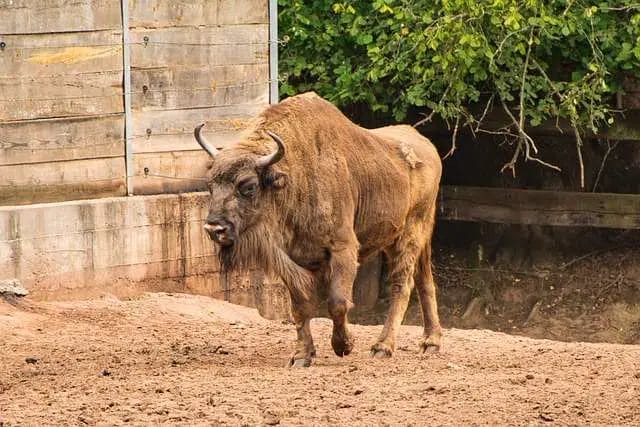
The White Tailed Eagle is important to Poland because it is the national symbol of the country and holds great cultural and historical significance. It is also a key indicator of the health of the environment in Poland, as it is at the top of the food chain and requires a healthy, balanced ecosystem to survive.
The presence of the White Tailed Eagle in Poland is a sign of the successful conservation efforts that have been made to protect the country’s natural habitats and biodiversity.
The White Tailed Eagle, like the white stork, plays an important role in the economy of Poland, attracting tourists and birdwatchers from around the world, generating revenue for local communities and businesses.
The presence of the White Tailed Eagle in Poland also plays a role in maintaining the balance of the ecosystem, as it helps to control the populations of other animals and birds in the environment. Overall, the White Tailed Eagle is a symbol of national pride, environmental health, and economic value for Poland.
The national animal of Poland: FAQs
What is the eagle on the Polish flag called?
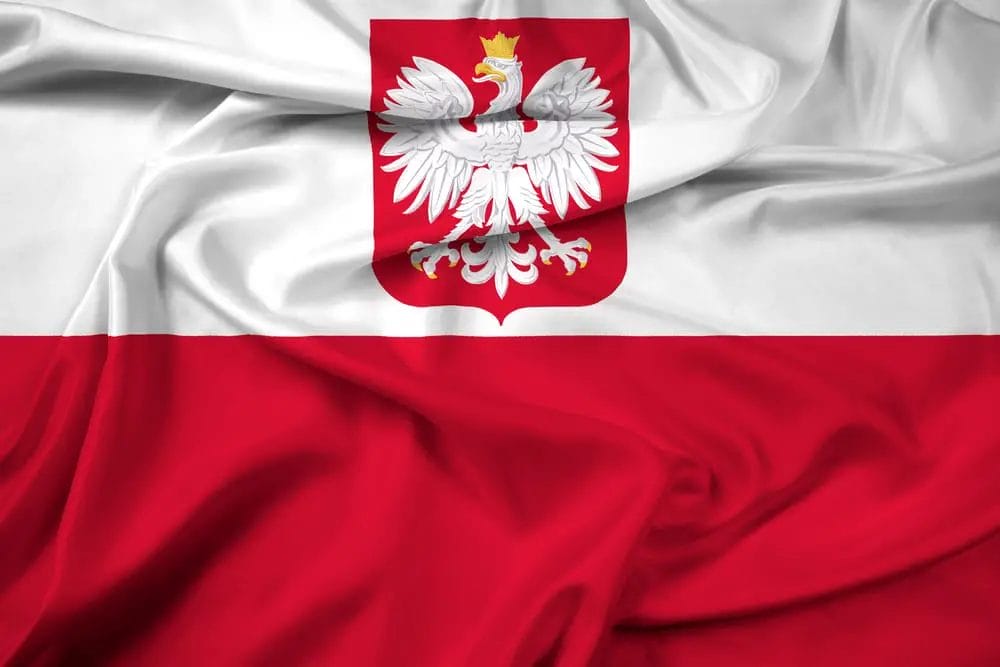
The eagle on the Polish flag is called the “White Eagle.” It has been a symbol of Poland for over a thousand years and has a rich history in Polish culture. The White Eagle has been depicted in various forms and has evolved, but it has remained a powerful and iconic symbol for the country. T
he eagle is often associated with strength, courage, and freedom, which are important values for the Polish people. It is also a symbol of national pride and unity. The eagle has been featured on the Polish coat of arms since the Middle Ages and has been a prominent symbol in various aspects of Polish society, from military insignia to ancient legends.
The White Eagle represents the enduring spirit and resilience of the Polish nation, and it continues to inspire and unite the people of Poland to this day.
Are there eagles in Poland?
Yes, there are eagles in Poland. Poland is home to the white-tailed eagle, also known as the sea eagle, which is the largest bird of prey in the country. This majestic bird can be found near bodies of water such as lakes, rivers, and coastal areas where it hunts for fish and other aquatic prey.
The white-tailed eagle is a significant symbol in Polish culture and history, and it has been protected under Polish law since 1952. In recent years, conservation efforts in Poland have helped to increase the population of white-tailed eagles and white storks, making it a success story for bird conservation in the country.
The presence of these magnificent birds of prey is not only a testament to the natural beauty of Poland but also a reminder of the importance of protecting and preserving their habitats for future generations to enjoy. So, if you’re a bird enthusiast or nature lover, Poland is a great place to catch a glimpse of these impressive eagles in the wild.
What wild animals are in Poland?
European Bison

The European bison, also known as the wisent, is the continent’s heaviest land animal. They can be found in Poland’s Białowieża Forest. The European bison is a herbivorous animal and symbolizes successful wildlife conservation in Poland.
Gray Wolf
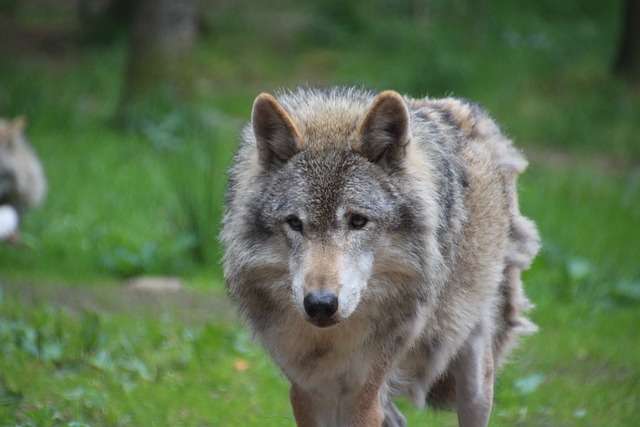
The grey wolf is a carnivorous mammal found in various regions of Poland, including the Bieszczady Mountains and the Tatra Mountains.
Eurasian Lynx
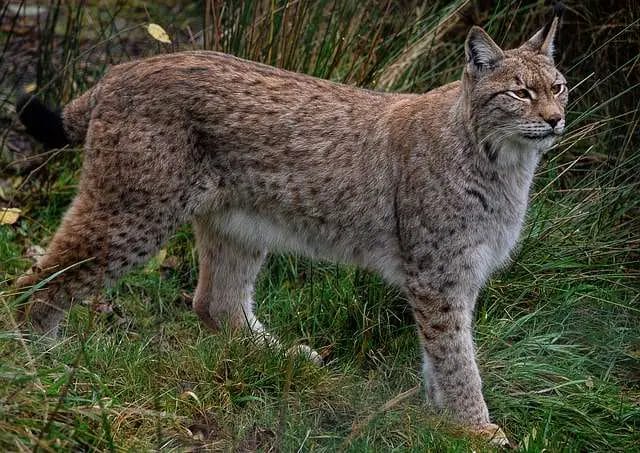
The Eurasian lynx is a medium-sized wildcat that can be found in Poland’s dense forests, particularly in the Carpathian Mountains.
European Brown Bear
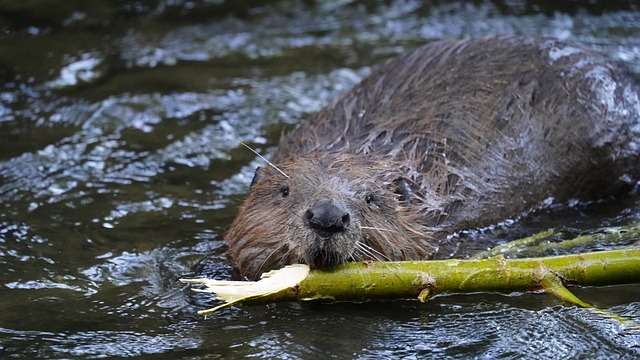
The European brown bear is a large mammal that resides in the remote forests of northeastern Poland, such as the Białowieża Forest and the Biebrza National Park.
Red Deer
The red deer is one of the largest deer species and can be found in various forested areas throughout Poland.
Wild Boar
The wild boar is a common sight in Polish forests, including the Białowieża Forest and the Kampinos National Park.
European Roe Deer
The European roe deer is a small and graceful deer species found in woodlands and farmlands across Poland.
What are other national symbols of Poland?
In addition to the national flag and coat of arms, Poland has several other national symbols. Here are some of them:
- National Anthem: The national anthem of Poland is called “Mazurek Dąbrowskiego” or “Dąbrowski’s Mazurka.” It was adopted as the national anthem in 1927.
- White Eagle: The White Eagle, often illustrated with a golden crown and beak, is the national emblem of Poland. It has been a symbol of Polish identity and statehood for centuries.
- Polish Folk Costumes: Traditional Polish folk costumes, known as “stroje ludowe,” are considered a national symbol. These colorful and intricate costumes represent different regions of Poland.
- Polish Folk Dance: Polish national folk dances, such as the polonaise, mazurka, and oberek, are deeply ingrained in the culture of Poles and are considered national symbols.
- Polish Folk Music: Traditional Polish folk music, including instruments like the accordion, fiddle, and clarinet, is an integral part of Polish culture and is recognized as a national symbol.
- Polish Cuisine: Experience the flavors and traditional dishes of the Polish national heritage. Traditional Polish cuisine, including dishes like pierogi (dumplings), bigos (hunter’s stew), and kielbasa (sausage), is highly regarded as a national symbol.
These symbols reflect the rich cultural heritage and national pride of Poland.
Conclusion: The National Animal of Poland
The White-Tailed Eagle, which is the national animal of Poland, symbolizes the country’s rich history, resolute spirit, and profound bond with the natural world.
Beyond being a mere symbol, it exemplifies Poland’s enduring strength, autonomy, and resilience. Along with other national emblems, this magnificent bird contributes to Poland’s distinct and formidable identity.
Are you interested in reading a related article? Here are my posts on the national animal of Hungary. Next, let’s explore the stork, another important bird in Poland.
More Commonly asked questions:
Q: What is the national animal of Poland?
A: The national animal of Poland is the white eagle.
Q: Why is the white eagle the national animal of Poland?
A: The white eagle is a symbol of Poland and has been associated with the country for centuries. It is depicted on the country’s coat of arms and holds a special significance in Polish history and culture.
Q: Are storks also considered national animals of Poland?
A: Yes, storks are also recognized as national animals of Poland, making Poland one of the few countries with two national animals.
Q: Where can the white eagle be found in Poland?
A: The white eagle is not a living species but rather a symbol depicted on the coat of arms of Poland and various national emblems.
Q: What does the white eagle symbolize in Poland?
A: The white eagle symbolizes strength, courage, and the proud history of Poland. It is an important part of the country’s national identity and is featured on the flag and other important emblems.
Q: How is the white eagle depicted on the coat of arms of Poland?
A: The white eagle is often depicted with a golden beak and talons, symbolizing its grandeur and significance in Polish culture and history.
Q: Is the white eagle a common motif in Polish art and literature?
A: Yes, the white eagle is a popular motif in Polish art, literature, and folklore, representing the spirit and resilience of the Polish people.
Q: Can visitors to Poland see the white eagle in the wild?
A: As a national symbol, the white eagle is not a living animal found in Poland, but visitors can experience its representation in various historical and cultural sites across the country.
Q: What is the significance of the white eagle in the constitution of the Republic of Poland?
A: The white eagle is mentioned in the constitution of the Republic of Poland as a symbol of the country’s heritage and sovereignty.
Q: Is the white eagle the only national symbol of Poland?
A: No, in addition to the white eagle, the stork is also recognized as a national symbol of Poland, reflecting the rich wildlife and natural heritage of the country.



